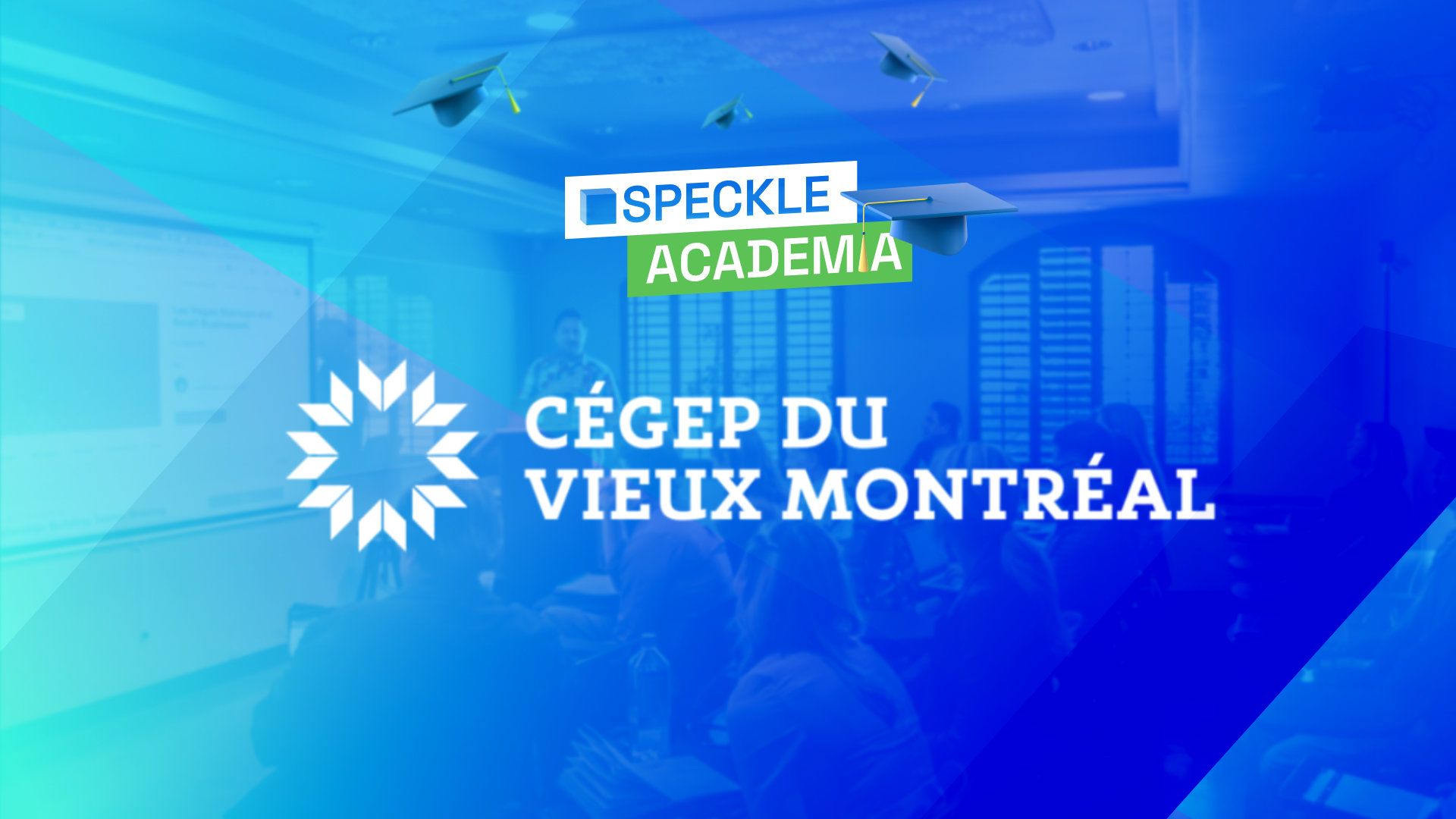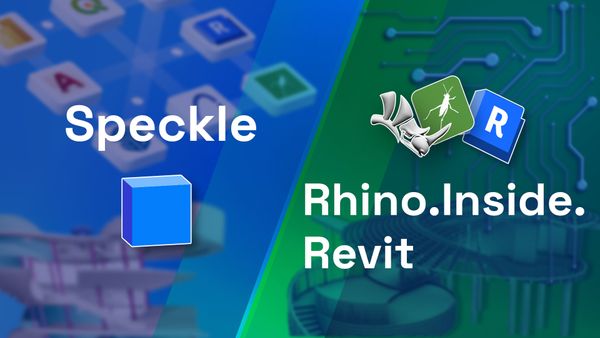Introduction
Oscar Mannarella, an experienced architect and engineer, began his professional journey in Italy. He holds experience creating a Building Information Modeling (BIM) team, an innovative concept at the time. He connected models with tools to gather and analyse data, creating dashboards.
His discovery of Power BI in 2018 led to extensive research on data connectors for Autodesk (AU) products. By 2020, Oscar moved to Canada to work with Pomerlau, developing a Speckle server and mastering the use of APIs and custom visuals.
In this article we'll explore his implementation of Speckle in his teachings at Cégep du Vieux Montréal; CEGEP (Collège d'enseignement général et professionnel, or College of General and Vocational Education) located in Montreal, Canada.
Discovering Speckle: Open Source in AEC
Oscar first learned about Speckle in 2022, and quickly understood the value it could offer both Pomerlau and Cegep. By the time Speckle obtained the necessary certifications and provided robust data exchange and deployment capabilities, Oscar made it his mission to introduce open source AEC software to an academic institution like Cégep du Vieux Montreal.
His role heavily involved leveraging BIM queries, which he began integrating into his teaching from 2020, using tools like IFC and Dynamo. At this point, Speckle represented a natural shift.
Choosing Speckle for Cégep
Oscar found several features of Speckle particularly appealing:
- Open BIM Concept: Speckle's open-source nature allowed for a broader range of applications without being tied to specific Autodesk products.
- Flexibility and Customisation: The ability to deploy servers and customise APIs and visuals made Speckle a versatile tool for academic and professional use.
Oscar picked Speckle over other tools because of its commitment to the open BIM concept and the flexibility it offered. He proposed its use at Cégep, emphasising the importance of open-source tools in modern BIM practices.
Implementing Speckle in the Academic Program of Cégep du Vieux Montréal
Oscar structured his class at Cégep du Vieux Montréal to integrate Speckle comprehensively. The course consisted of 15 sessions totaling 45 hours, divided into three main parts:
- Managing a BIM Model: Students learned to open and manage BIM models using various tools such as IFC, Revit, Tekla, and Blender, focusing on data management.
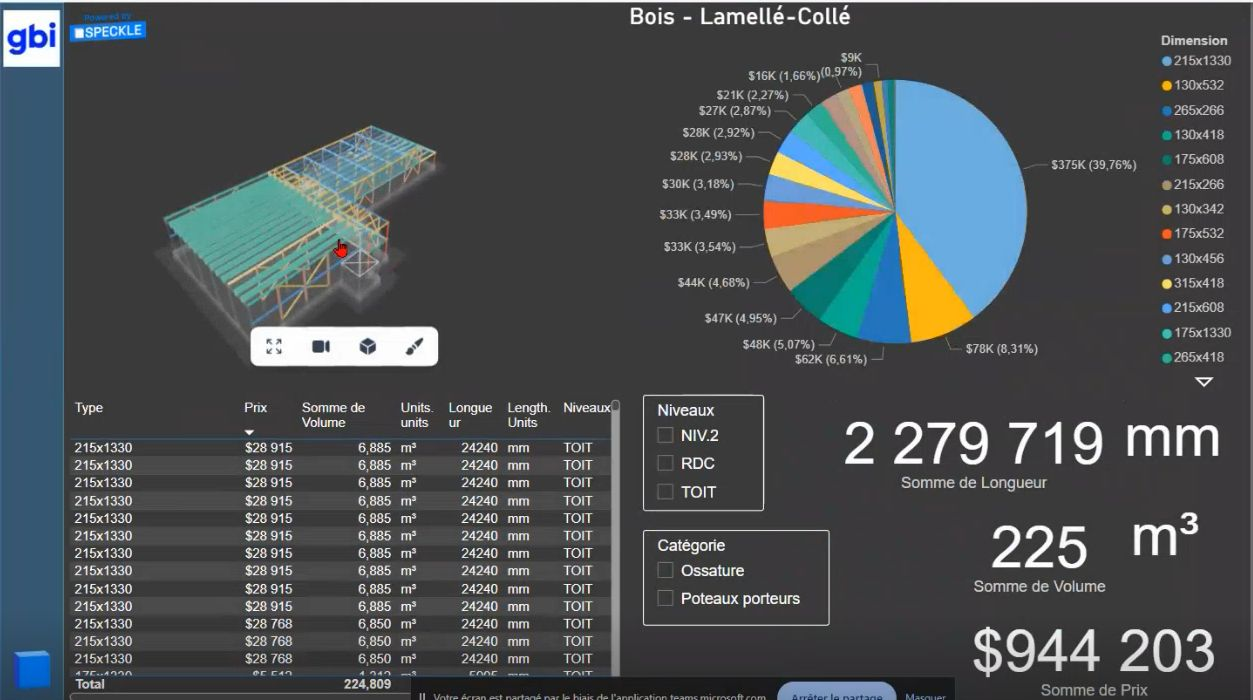
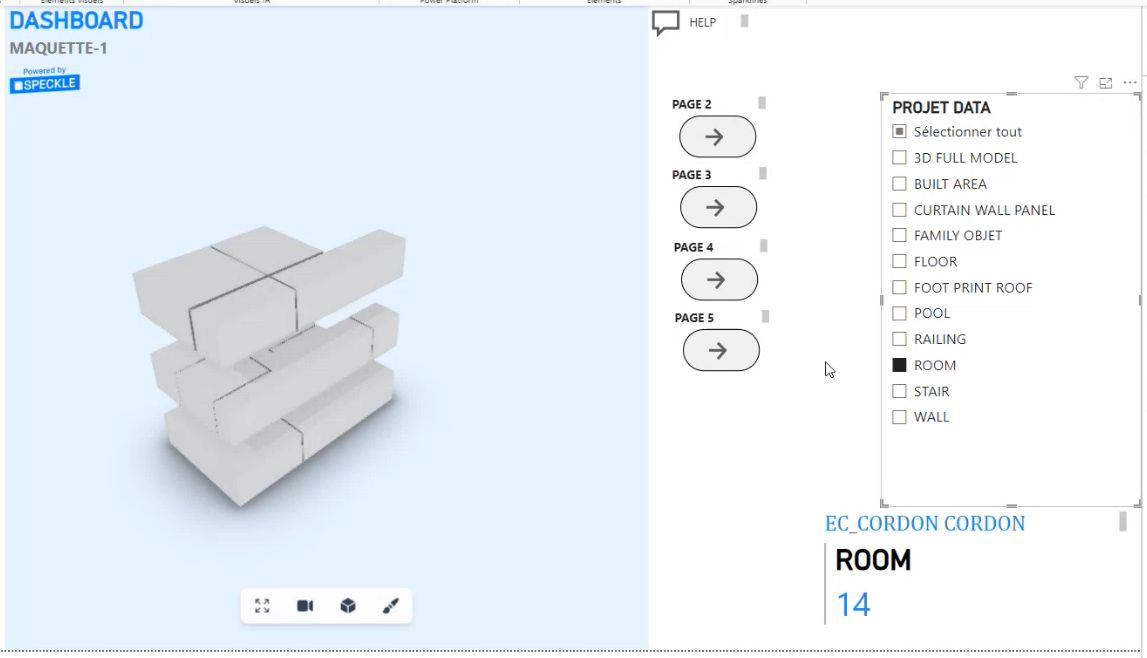
2. Deployment: This section covered deploying servers, understanding source code, and using open-source tools and APIs. Oscar demonstrated code modifications and procedures to adapt open-source software.
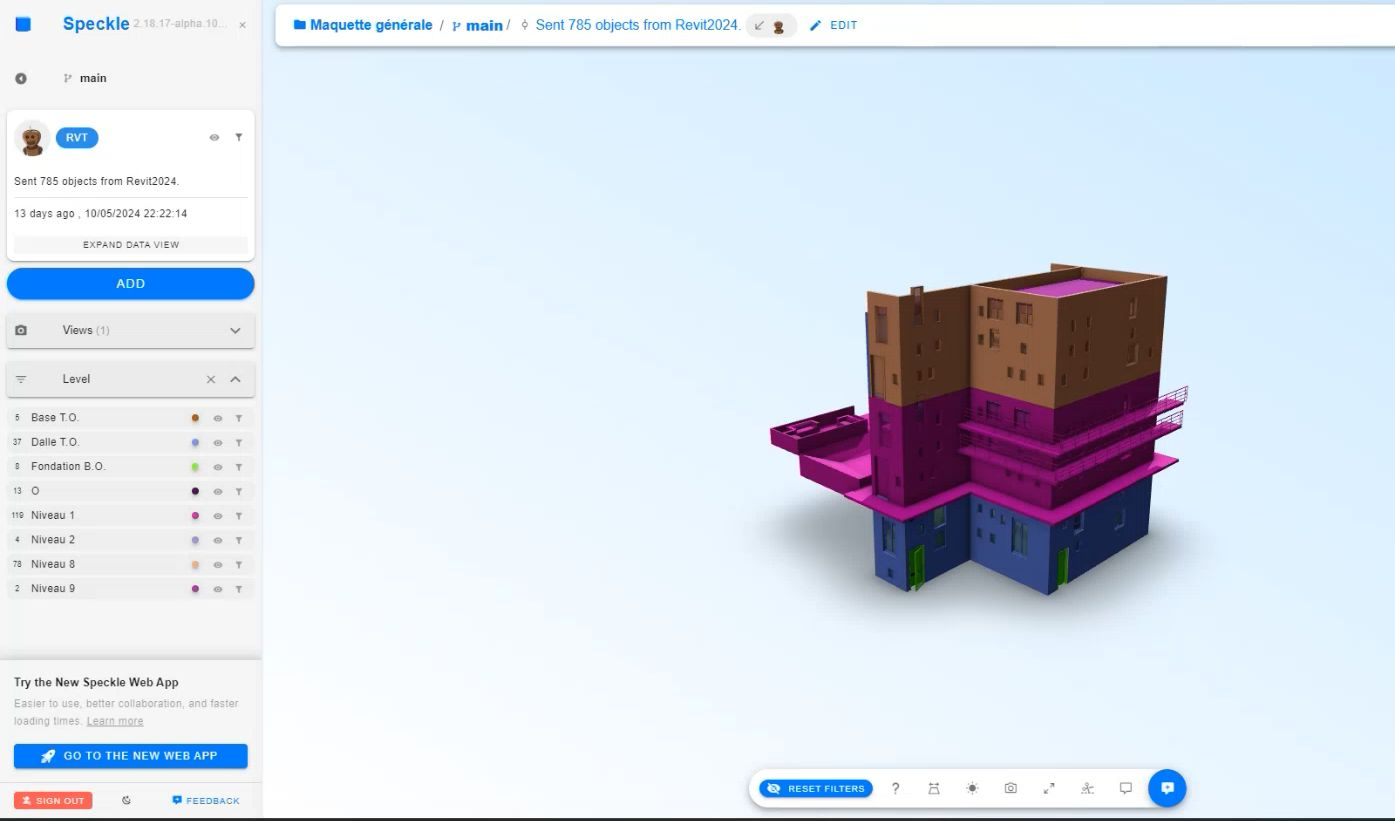
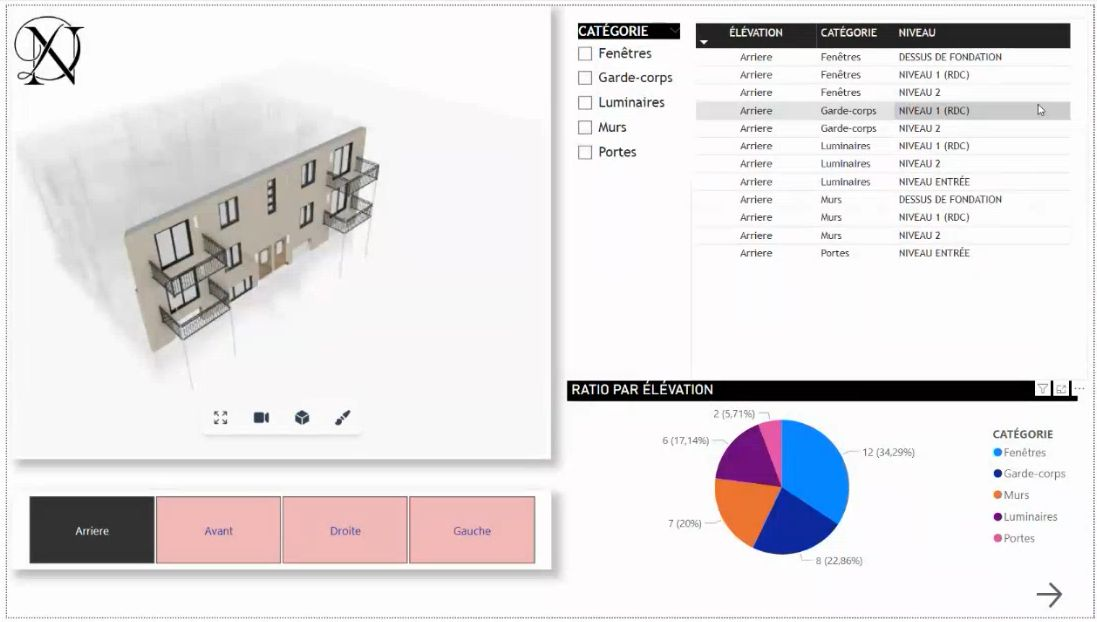
3. Dashboard Creation: Students were taught to populate data in models, connect data with tools like Power BI, and leveraging this data effectively.
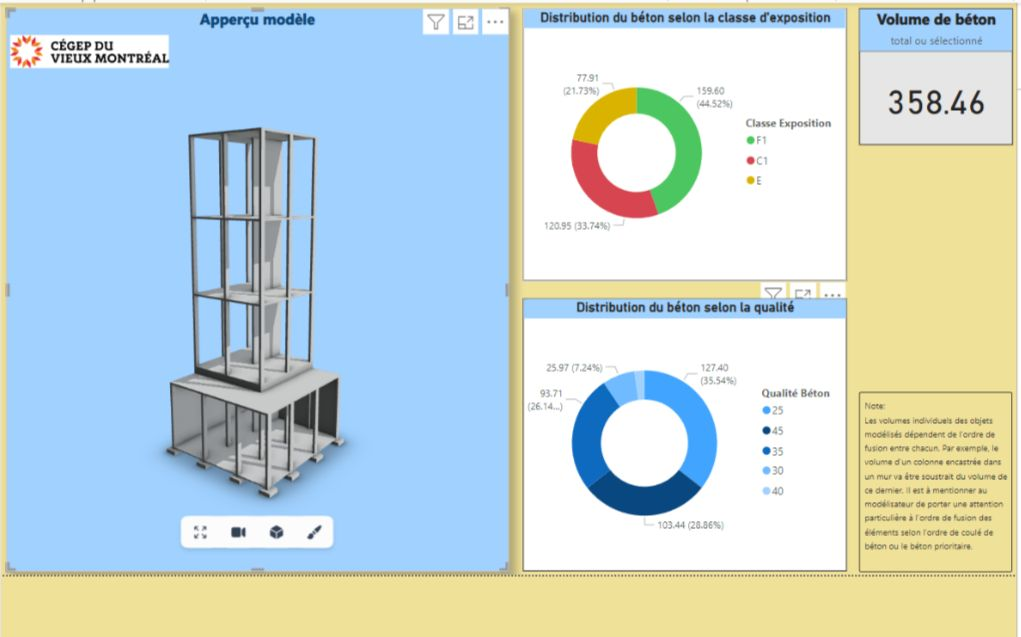
The students, coming from diverse backgrounds such as design, architecture, and furniture, applied these skills to their respective fields, creating practical examples relevant to their future careers.
Despite initial apprehensions, the students gained confidence and proficiency, culminating in all 20 students passing their final exams.
Turning the Speckle Powered Academic Program into a Success
The integration of Speckle into the academic programme yielded significant benefits:
- Enhanced Learning: Students acquired new competencies in managing and deploying BIM models, APIs, and data visualisation tools.
- Cost Efficiency: The program was implemented without additional financial burden, leveraging open-source tools and shared knowledge.
- Innovative Approach: Cégep embraced a novel approach to BIM education, setting a precedent for future programs.
Oscar attributes the success to several factors:
- Comprehensive Templates: Providing detailed templates and guides helped streamline the deployment process.
- Hybrid Approach: Highlighting a hybrid model for future construction workflows, combining technical and architectural skills.
- Openness and Sustainability: Advocating for open-source solutions aligns with sustainable practices, reducing waste and promoting efficiency.
Future Plans: Cégep du Vieux Montréal and Speckle
Cégep has deployed a dedicated server for Speckle, and Oscar continues to collaborate with their IT department to officialise its adoption, which he estimates will take about a year for the entire school to use Speckle.
Oscar encourages other professors to embrace open-source tools like Speckle, highlighting the benefits for both the environment and educational outcomes:
- Be Open: Adopt open-source software to enhance learning and reduce waste.
- Future-Proof Skills: Equip students with technical skills essential for the evolving architecture, engineering, and construction (AEC) industry.
"The future architect will need to be able to be technical too, saving lots of time, money, and work", highlights Oscar Mannarella.
Learn more about other use cases we’ve seen across the AEC and get your Speckle account today!
Subscribe to our newsletter below if you'd like to receive more content like this:

